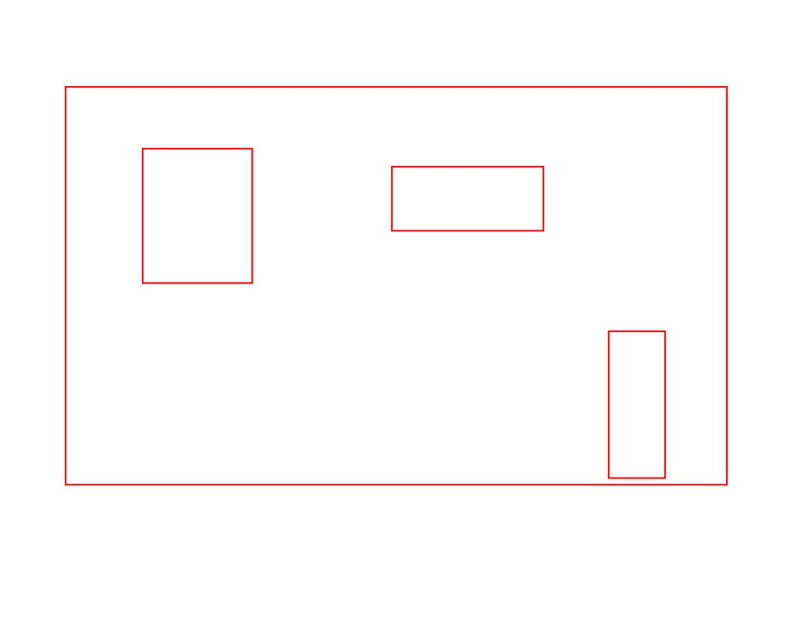Hey Guys,
So I have a concrete shearwall with a significant amount of openings in it. I'm wondering if I can treat it like a perforated shearwall where I only consider the full height segments for shear but get the full length for OT. Would I need special detailing for this(like diagonals at corners of openings)? My thought is we don't because that's more force transfer around openings but concrete is less flexible than wood and I'm not totally sure I can apply the perforated shearwall theory to it. See Image below for an example of one of the walls I'm looking at.

Thank you!
So I have a concrete shearwall with a significant amount of openings in it. I'm wondering if I can treat it like a perforated shearwall where I only consider the full height segments for shear but get the full length for OT. Would I need special detailing for this(like diagonals at corners of openings)? My thought is we don't because that's more force transfer around openings but concrete is less flexible than wood and I'm not totally sure I can apply the perforated shearwall theory to it. See Image below for an example of one of the walls I'm looking at.

Thank you!
